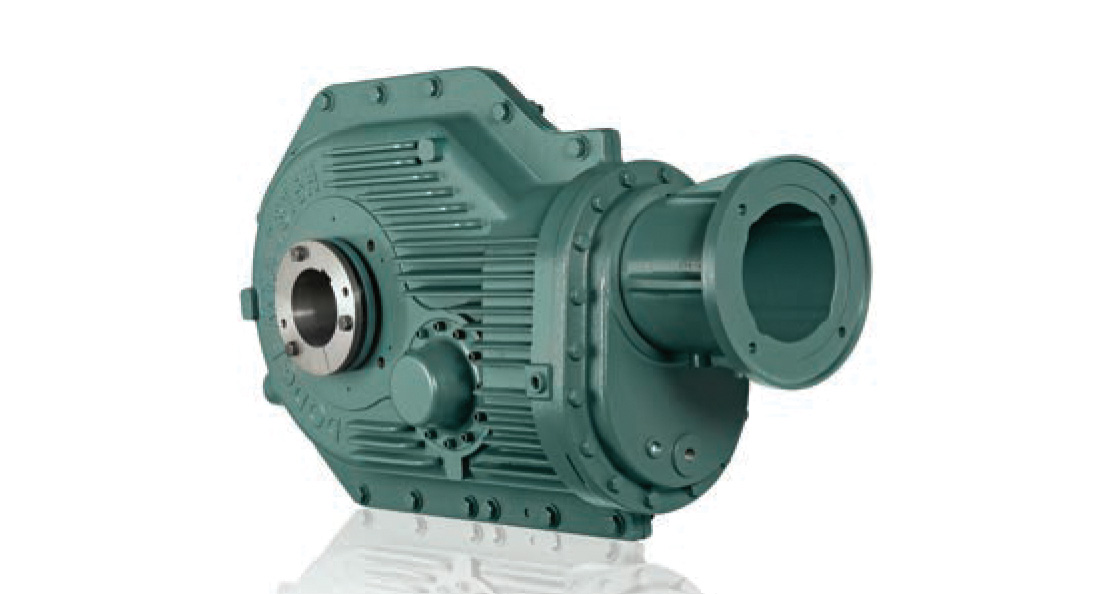Equipment in the mining and quarrying industries is subject to heavy use, dirty environments, and high temperatures. Wear and tear from these and other pressures is unavoidable – but becomes crippling if it causes a machine’s rotating components to fail.
“The major pieces of equipment in a quarry or mining operation are rotator-based,” says BSC’s National Engineering Manager, Anthony O’Keefe. “Think of crushers, combiners, rollers, pumps – these and others are the fundamental pieces of equipment needed to get the job done.”
The reliability of rotating components is paramount in ensuring facility output is maintained without disruption.
“Take a crusher, for instance. Big rocks need to be crushed down to size. If that crusher’s rotating component fails, then the crusher is out of action, and the whole process comes to a halt. If you can’t crush rock, there’s no production,” he elaborates. “So, we need to make sure such equipment lasts as long as possible – and to know where the machine is at in terms of maintenance and when it needs to be replaced. This might range from simple lubrication, every now and then, to as much as a complete rebuild or equipment overhaul.”
“How do you ensure reliability? By monitoring the condition of your equipment. This won’t come as a revelation to anyone,” Anthony jokes.
And essential to condition monitoring is vibration analysis – the process of monitoring levels and patterns of the various vibration signals in all types of components – so that abnormal vibration events are detected, and existing or oncoming problems identified and fixed before it’s too late.
“Vibration analysis is not a revelatory new discovery either,” he continues. “Everybody does it. But not everyone conducts wireless vibration analysis. And this is key – because they should. Wireless vibration is not a new technology, but the mining and quarries industries has some catching up to do, which is completely understandable, because the pace of technological improvement and increasing cost-effectiveness has happened so fast – especially recently – that it’s just not on people’s radars yet.”
“At the moment, standard practice is for individuals to go to sites and manually conduct vibration analysis,” Anthony says.
“Operations rely on individual data collectors to go to a site with their equipment, plug it into each asset, and do a series of data collections,” he explains. “Then they will sit down and have to analyse that data.”
The whole process is very time consuming, with individuals – or even teams of individuals – walking through a whole plant, collecting data, analysing it, then returning to the main office to deliver reports on what has been found out and what actions might need to be taken.
“This is why we at BSC find ABB wireless monitoring devices so helpful – they make the case for mining operations to switch to wireless,” Anthony says. “ABB remote wireless monitoring devices – the ABB Ability™ Smart Sensor is a great example – remove the need for individuals to walk around the plant.”
Using ABB’s remote wireless condition monitoring devices companies can improve safety – as individual assessors are not exposed to risk; receive data in real time over the internet cloud – instead of receiving once-monthly reports from individual assessors; and access more and better data for greater reliability.
What goes along with these improvements and savings is greater capacity for analysis – and training in analytical trends – so that personnel can determine what equipment needs to be fixed, removed, or overhauled ahead of time.
“Safer machines, safer workers, better data, better predictive ability, no surprises, and no disruption,” as Anthony sums it up.
“Customers can be confident in us as a supplier of wireless condition monitoring devices,” Anthony concludes. “We have many supply options available, including ABB products; access to different technologies – and the competence to assist in choosing and implementing the right one. As part of Motion Australia, BSC is a big company with a great service offering. And that is matched by a big company like ABB, which has the resources to invest in R&D and produce the best devices – like the ABB Ability™ Smart Sensor.”



